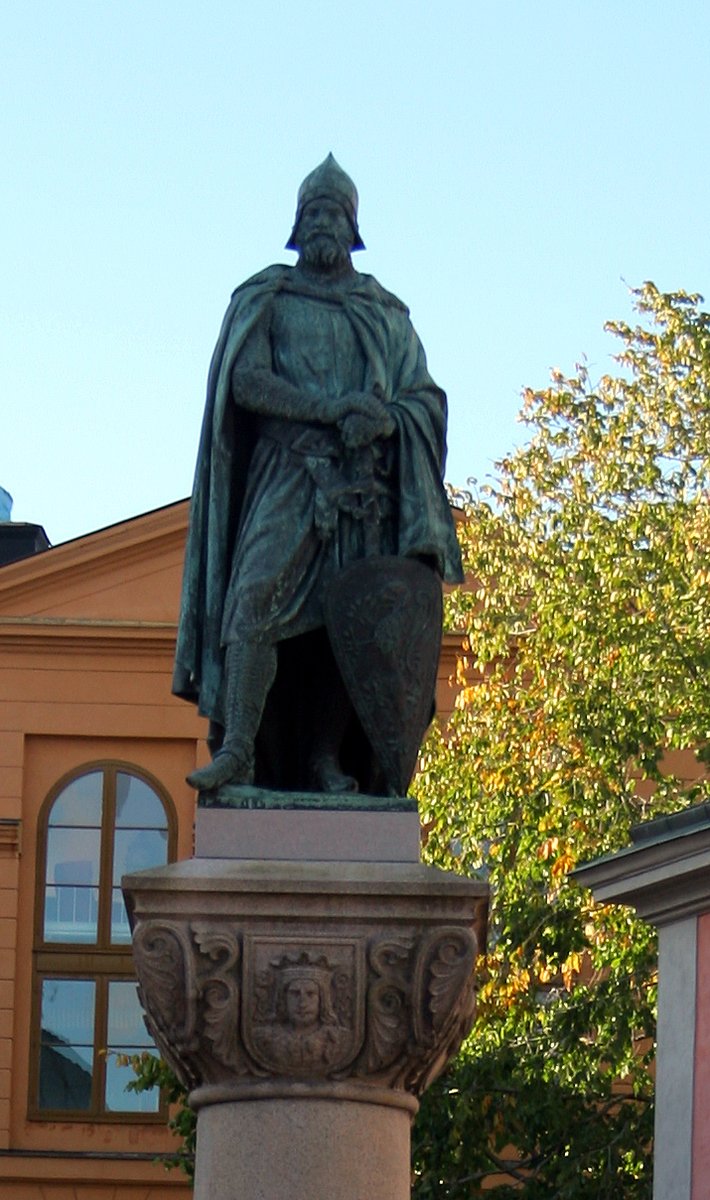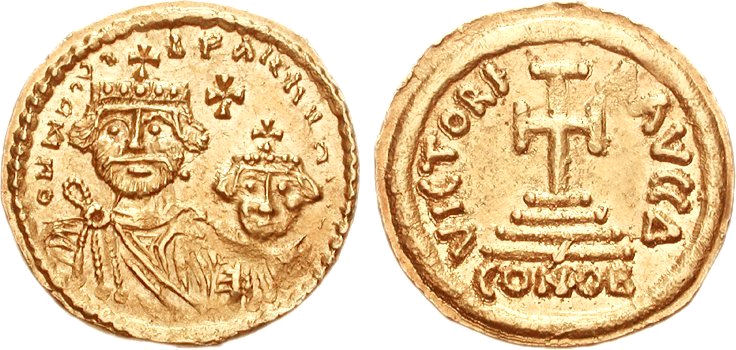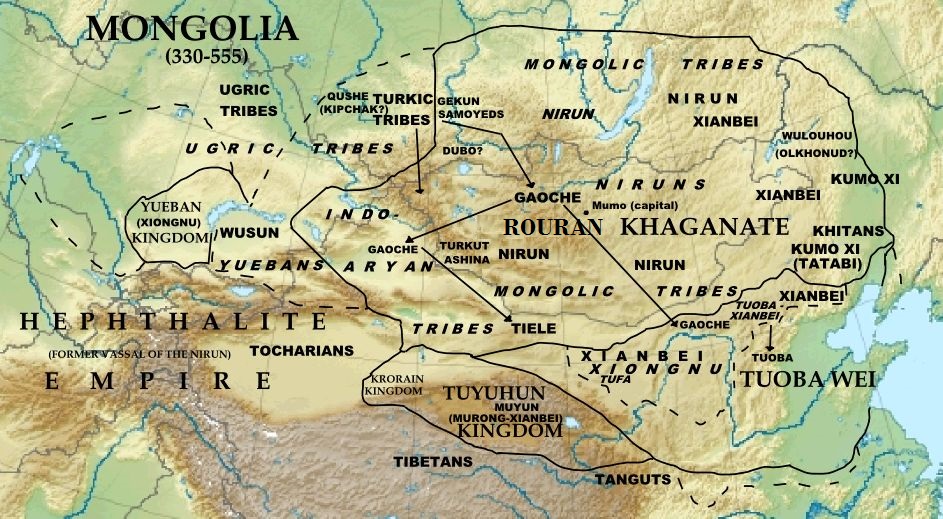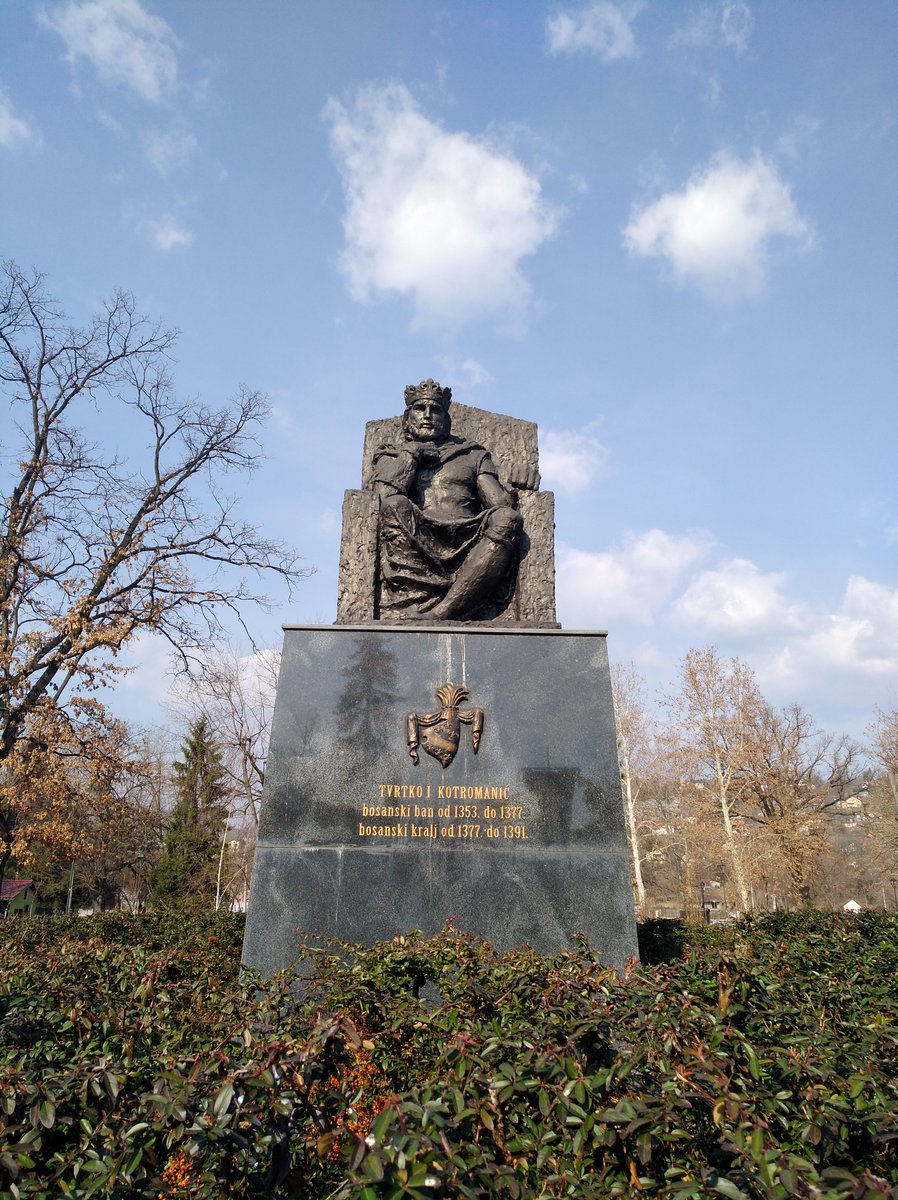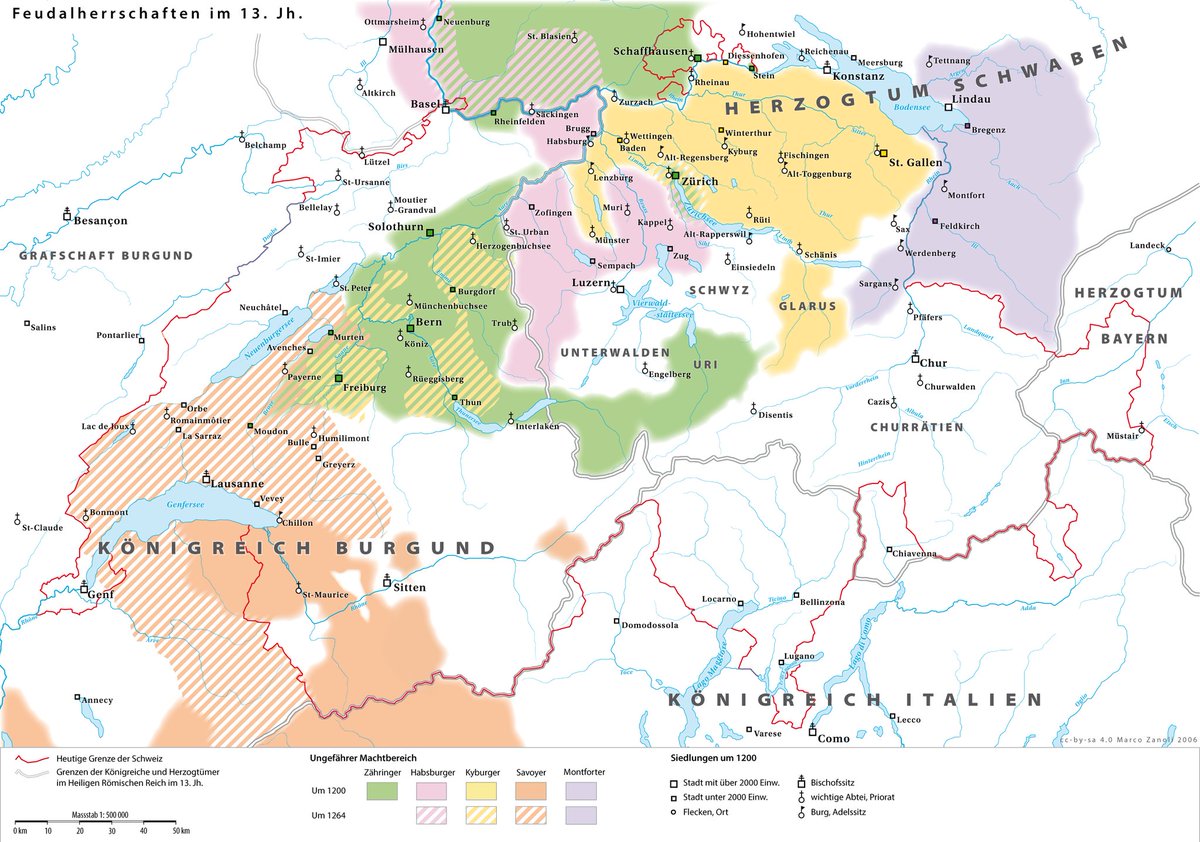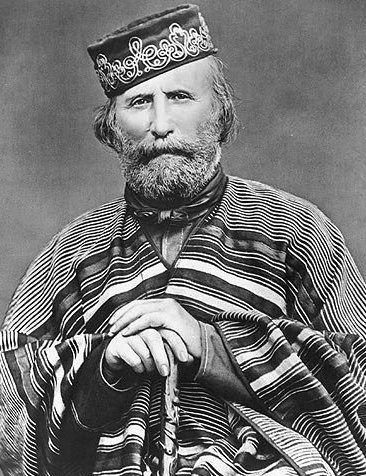
A principality in the middle of a civil war becomes a haven for refugee princes.
Many new monarchs arose from among these princes, while the civil war in the principality continued intermittently for centuries.
Story in the evening ...
Many new monarchs arose from among these princes, while the civil war in the principality continued intermittently for centuries.
Story in the evening ...
https://twitter.com/Arby_K/status/1600679071674822656
Iaroslav Vladimirovich was born around 980 to Vladimir Sviatoslavich, Grand Prince of Kiev, and Rogned of Polotsk. Vladimir was initially supposed to rule only in Novgorod, but he had taken Kiev and Dereva from his brothers by 980. 1/10 
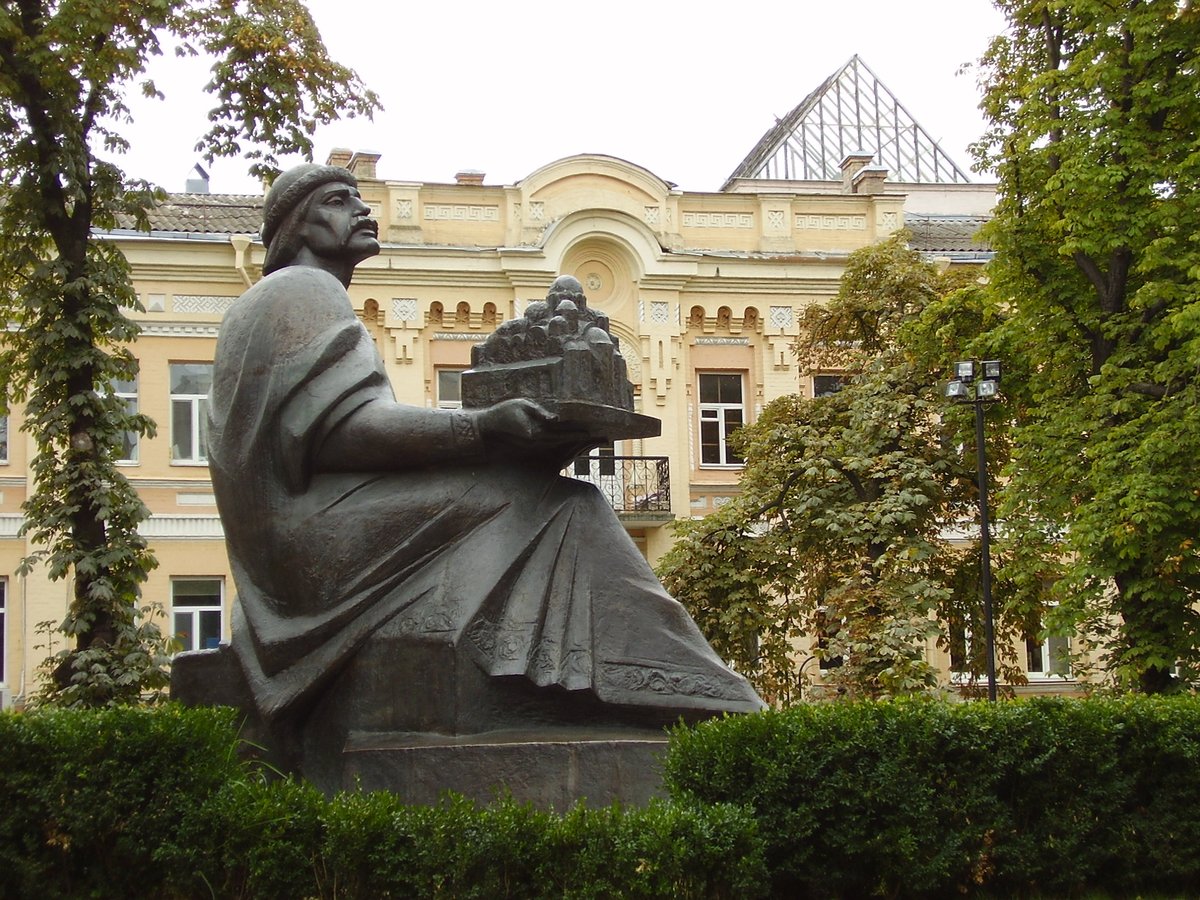
Iaroslav was given an early charge of Rostov and, later, of Novgorod by 1010. But he sought Kiev and rebelled against his father, when he saw that one of his many brothers may be given Kiev. However, Vladimir died in 1015 and his domain got divided between his sons. 2/10 
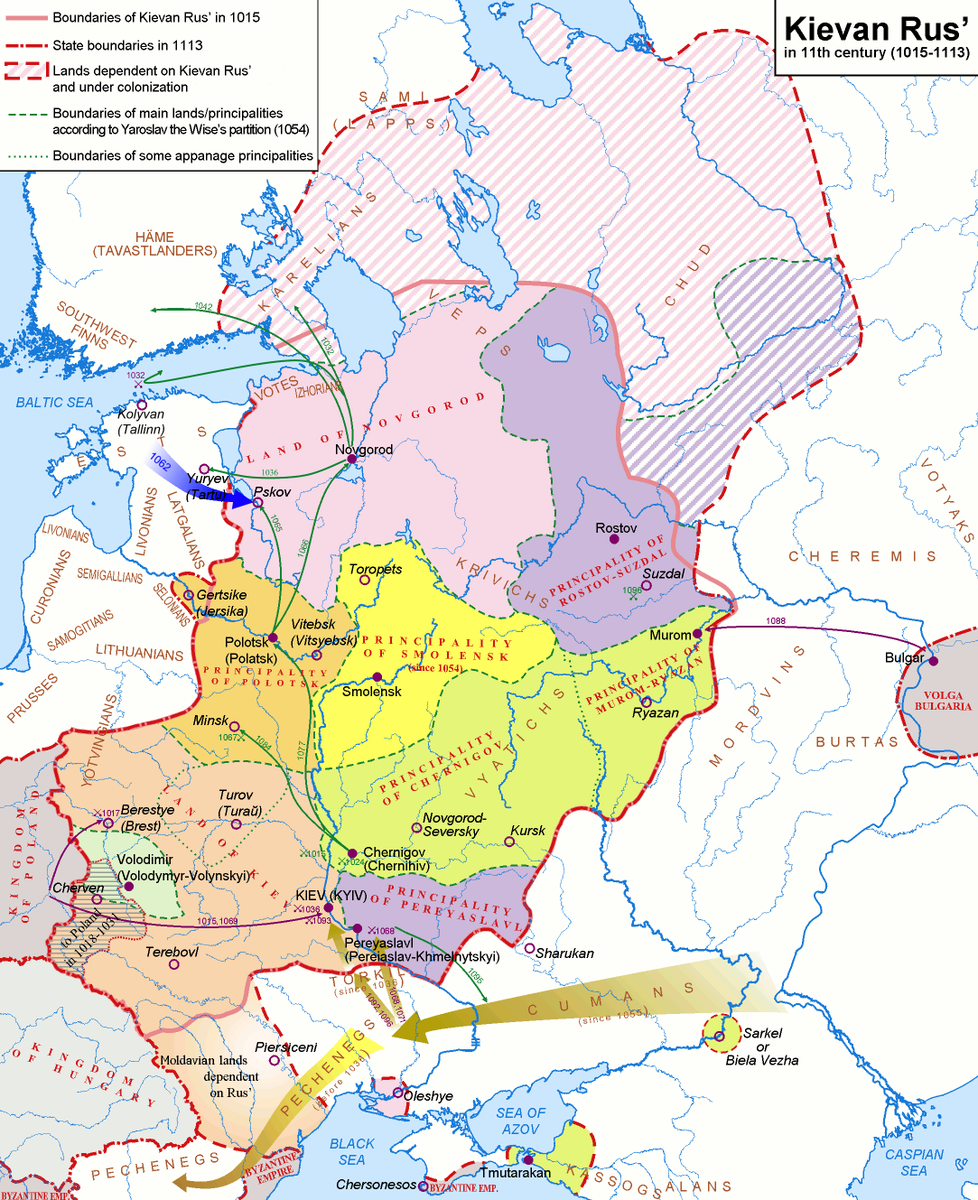
Eventually, it was Sviatopolk who got hold of Kiev. But Iaroslav soon invaded Kiev and expelled Sviatopolk, with the help of the Rus' of Novgorod and Scandinavian mercenaries. Sviatopolk returned with Polish help and recovered Kiev. 3/10 

The Polish help did not last and Iaroslav was able to expel Sviatopolk again in 1019. Iaroslav's troubles were not over though. In 1024, he was defeated by his brother, Mstislav of Chernigov. But the two made up and decided to divide the Rus' state between themselves. 4/10 
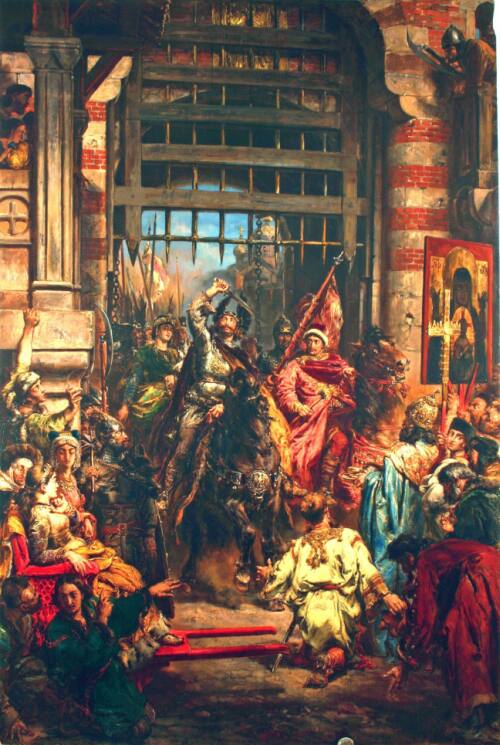
Iaroslav cultivated strong ties with his neighbours. While his father had allied with Constantinople, Iaroslav allied with Sweden, marrying Ingegerd, daughter of the Swedish king. Mercenaries from Scandinavia were also useful for service in Constantinople. 5/10 
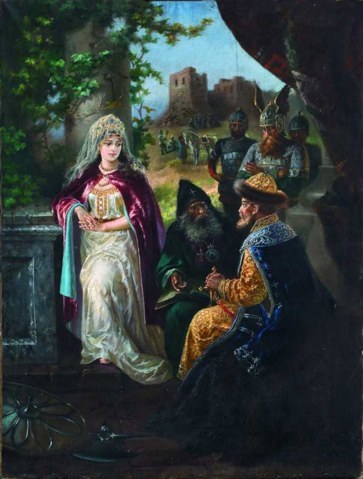
The Swedish connection also brought him refugees fleeing the Danish invasion of Norway, including the later king of Norway, Harald "Hardrada" Sigurdson. Princes of Hungary and England also found refuge in Iaroslav's court, escaping from rivals taking over their home nation. 6/10 
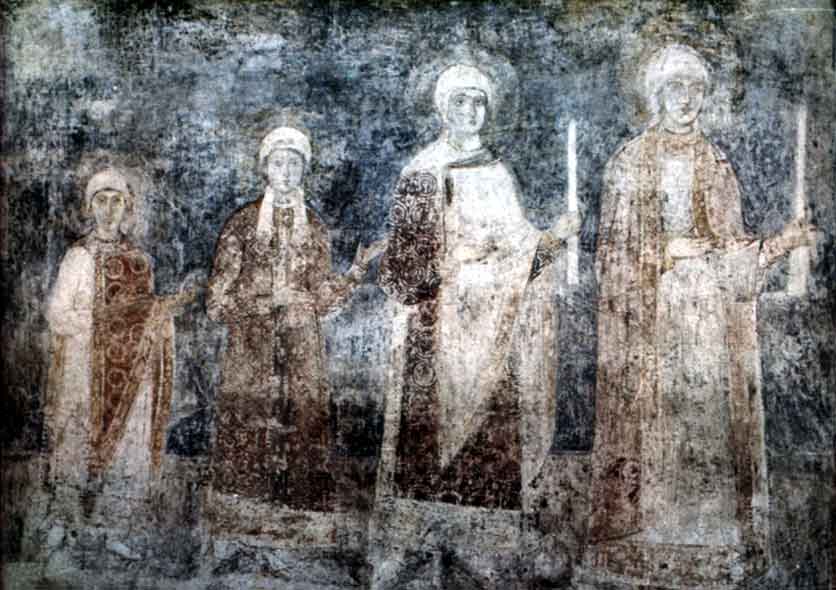
Harald "Hardrada" Sigurdson became King of Norway in 1046, after years in service of the Emperor of Constantinople, while Prince András became king of Hungary the same year, after the Hungarians expelled the Venetian Pietro Orseolo, who had become their king in 1038. 7/10 
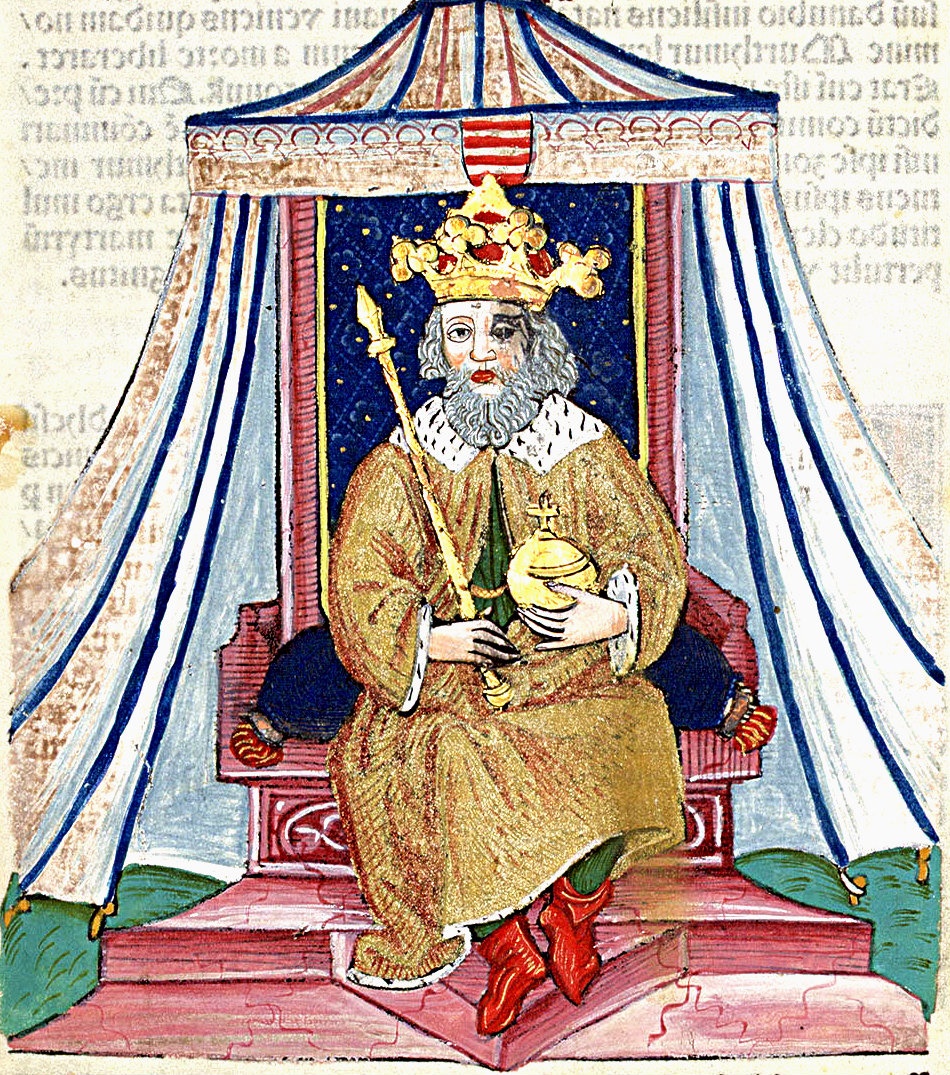
They were both married to Iaroslav's daughters and so was the French king, Henri. Iaroslav's sons, meanwhile, married Polish and Byzantine princesses. After Mstislav's death in 1036, Iaroslav acquired his territory reuniting most of his father's vast realm. 8/10 

Iaroslav developed Kiev taking Constantinople as an inspiration. He managed to acquire Halych from Poland and relieve Kiev from a Pecheneg siege. But his plans for Constantinople were met with failure. He died in 1054 ruling for almost 40 years. 9/10 
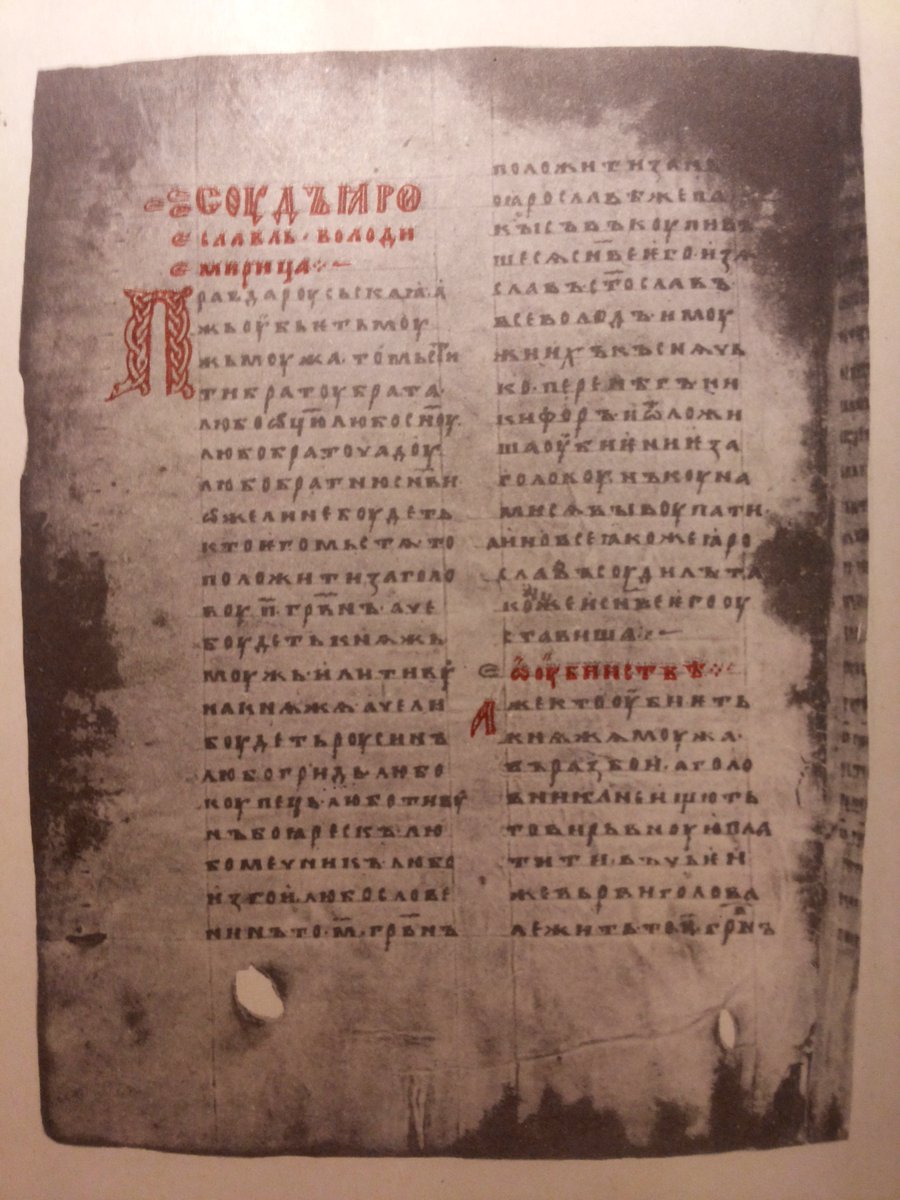
He divided his domain between his many sons, with Iziaslav, his eldest surviving son, succeeding in Kiev and nominal head. However, Iziaslav was deposed by the people of Kiev in 1068 and soon fraternal rivalries emerged keeping the Rus' state divided for centuries. 10/10 
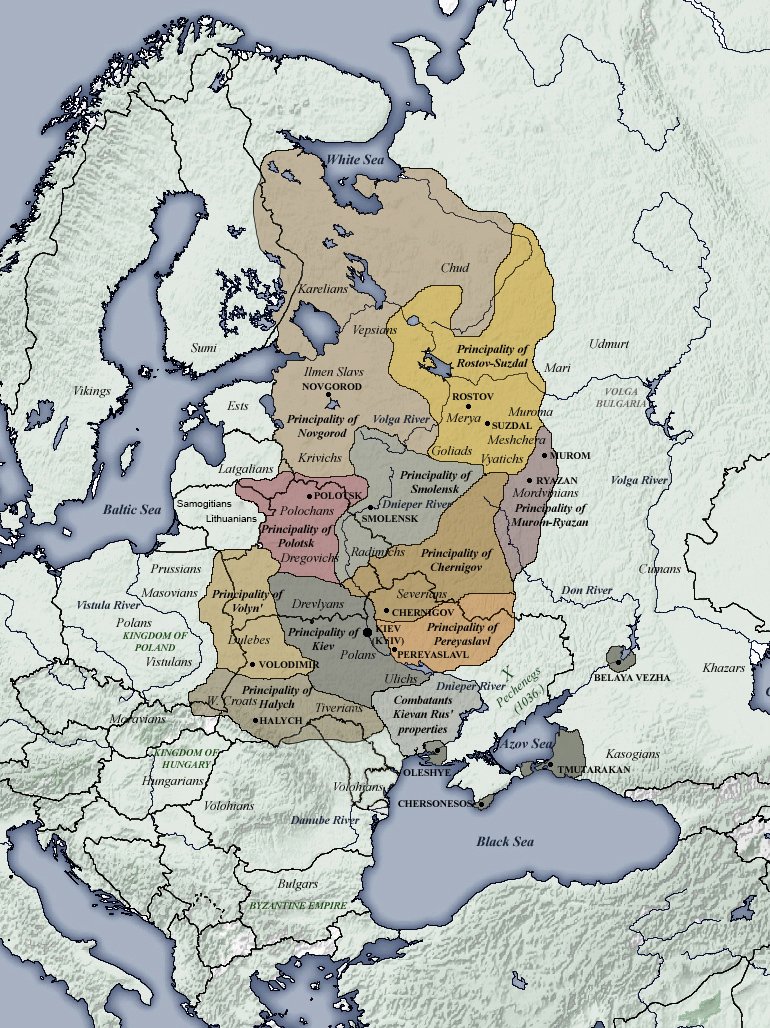
• • •
Missing some Tweet in this thread? You can try to
force a refresh


